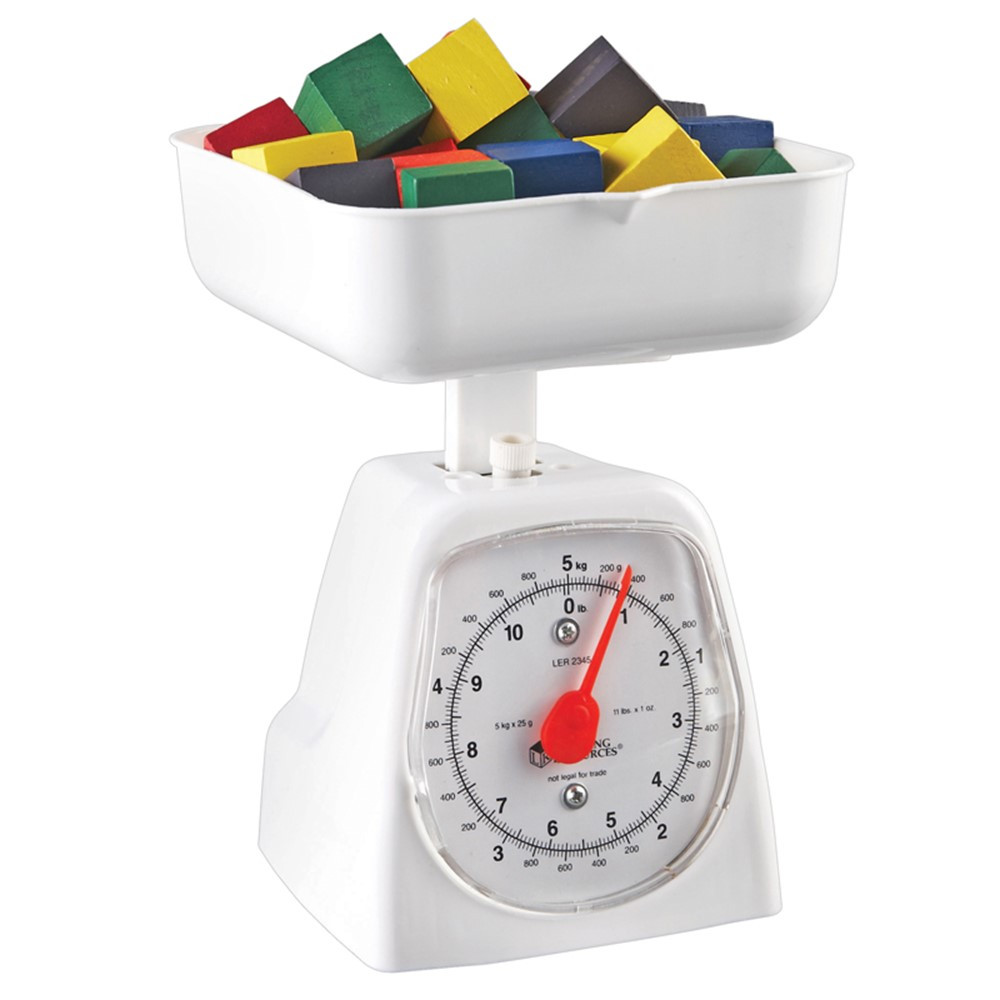

During inflation, when prices are rising, the LIFO method yields a lower ending inventory, a higher cost of goods sold, a lower gross profit, and a lower taxable income. Therefore, when the LIFO method is applied, the inventory at the end of a year consists of the goods placed in inventory at the beginning of the year, rather than at the end.
Last-In, First-Out (LIFO) method: LIFO is an inventory valuing method that assumes that the last items placed in inventory are the first sold during an accounting year. The downside of that effect is that income taxes will be at their greatest. This would help in maximizing net income within an inflationary environment. If there is inflation, the cost of goods sold will be at its lowest possible amount. According to FIFO, at the end of a year an inventory would consist of goods most recently placed in inventory. Therefore, the cost of goods bought first (first-in) is the cost of goods sold first (first-out). This method is based on the assumption that goods that are sold or used first are those goods that are bought first. First-In, First-Out (FIFO) method: FIFO is a method of valuing the cost of goods sold that uses the cost of the oldest items in inventory first. The specific identification method can be practiced in businesses such as car dealerships, jewelers, and art galleries. Specific identification method works well when the quantity of inventory a company has is limited and each inventory item is unique. This method works only when a company knows the cost of every individual item that is sold. When an inventory item is sold, the inventory account should be reduced or credited, and cost of goods sold should be increased or debited for the amount paid for each inventory item. Specific Identification method: it is the simplest method of valuing inventories. There are different methods of valuing inventories used by public and private companies. The valuation of an inventory directly affects the inventory, total current asset, and total asset balances. Inventory values change according to price fluctuations. Inventories are priced on financial statements either at cost value or market value. Inventories are considered assets on a company’s balance sheet. 
A stock includes finished goods held for sale, goods in the process of production, raw materials, and items that will be consumed in the process of producing salable goods. Inventory is a quantity of goods and materials on hand.






 0 kommentar(er)
0 kommentar(er)
